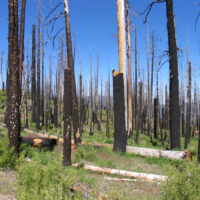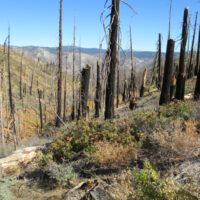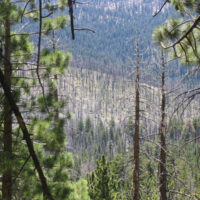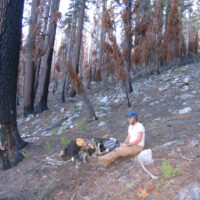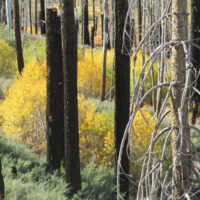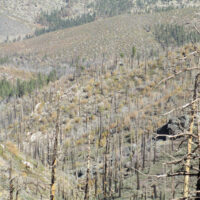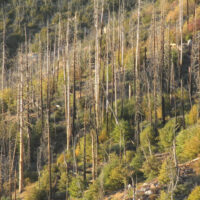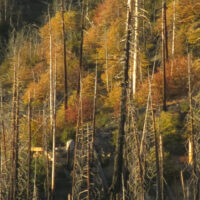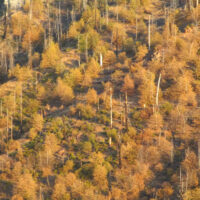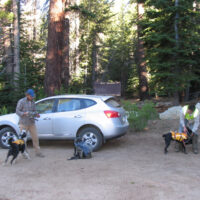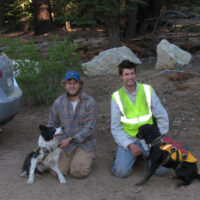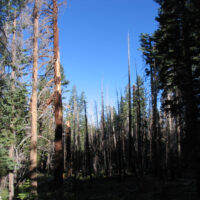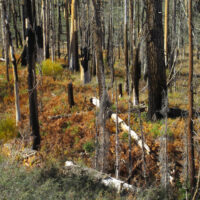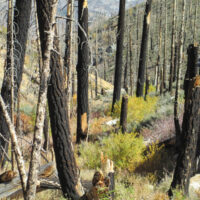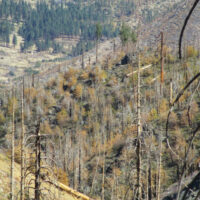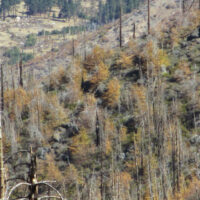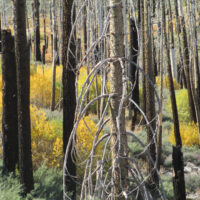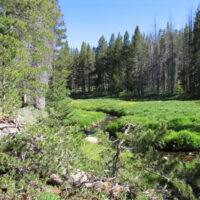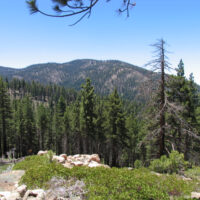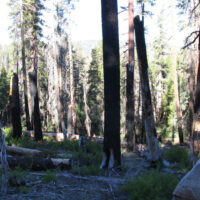Fisher's use of Fire Areas,Kern Plateau Sequoia National Forest
The Pacific fisher, a rare carnivore something like a small wolverine, is strongly associated with dense, old conifer forest for its den and rest sites, so many have assumed for years that mixed-intensity fire would harm fishers-an assumption that the U.S. Forest Service has been using to justify large commercial logging projects that severely degrade fisher habitat on National Forests of the southern Sierra Nevada.
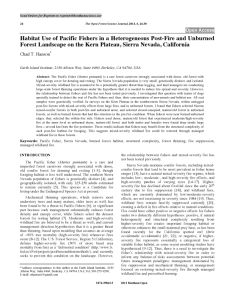
This is why Chad Hanson, Ph.D. the director of the John Muir Project has undertaken a study to learn how Pacific Fisher's respond to mixed-intensity fire.
Chad began with the hypothesis that fishers would actively use, select, and benefit from mixed-intensity fire areas for their foraging habitat because most of the small mammal prey species they eat live there.
Using dogs specially trained to detect fisher scat (poop) through the Conservation Canines program at the University of Washington, in order to determine frequency of use of various habitats, Dr. Hanson found that Pacific fishers are selecting unlogged mixed-intensity fire areas for foraging, especially dense, mature forest that experienced moderate/high-intensity fire.
View Gallery
Below are photographs taken within the Pacific Fisher Study Area between 2012-2014.
The photos show the natural heterogeneity (low/moderate and high intensity fire patches) resulting from mixed intensity fire in the McNally Fire of 2002 and are focused on high intensity fire patches where Pacific Fisher scat was found. Note that these areas consist of a complex array of habitat components, including snags (standing dead trees), downed logs, native shrubs, Oak trees that have sprouted from their stumps and are generally over 20 feet tall, and naturally regenerating conifer seedlings and saplings (young pine and fir trees).


